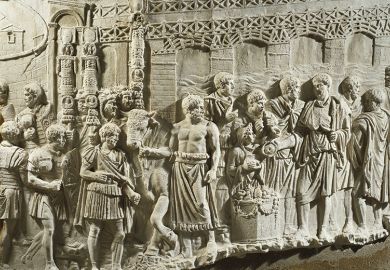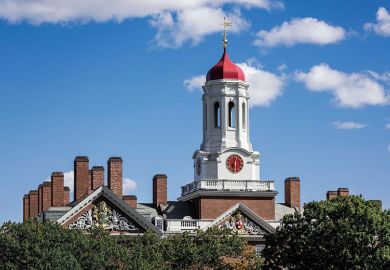It’s often said that each generation discovers sex for the first time and presents it to the world as if it were new. In the world of architecture, the same is arguably true of the suburb. Hidden in plain sight, the suburb has to be rediscovered with fascination every few years, to the bemusement of those who actually live there. If we think about the suburb in broader culture, the process has been going on far longer. There’s scarcely a Hollywood film that isn’t at some level a suburban critique.
Into this crowded field come two peripatetic young artists, Olivia Erlanger and Luis Ortega Govela, based between London, New York and Los Angeles. They explore the suburb through the architectural figure of the garage, that simplest of ancillary spaces, made for car parking but blessed with any number of reuses and appropriations. Their argument is simple enough. The garage is the suburb’s Unconscious, the place where, behind the roller shutters, perversity finds a home.
This is not especially new. Alfred Hitchcock’s entire American career revolves around this understanding of the suburb, and Jane Jacobs’ The Death and Life of Great American Cities (1961) depends on it.
What is new is the garage, through which Erlanger and Govela are able to explore recent developments. They’re excellent on the mythologies of the founding of both Hewlett-Packard and Apple, and they do a great job of teasing out the obfuscations and lies in these stories, as well as the facts (HP was a creation of the garage; Apple, it turns out, was not). They’re good on the deep architectural history of the garage, too, in Frank Lloyd Wright’s Robie House above all, and the way (for them, at least) its garage represents the dark side of both his life and his suburban project. They also have a lot to say about one of the great cinematic representations of the garage, the location of Kevin Spacey’s eroticised midlife breakdown in American Beauty (1999).
Garage isn’t all good. The writing, especially in the introduction, is prone to Baudrillardian hyperbole, and is sometimes unintentionally funny (British readers may want to send samples to Private Eye’s balloon-pricking department, Pseuds Corner). A few things are simply wrong, such as the assertion that Rome’s L’Attico gallery pioneered the use of industrial space for art in 1968, when lofts had been a familiar part of New York’s art scene for years before.
More concerning is the absence of the garage makers. We don’t get to learn about their intentions, or – post-Wright – understand very much about their designs. The book proceeds by supposition and projection, with little evidence from the builders, let alone the ordinary users of garages. That leads to some odd things, such as the idea that garage winemaking is a new and somewhat refined phenomenon, when most who grew up in the 1970s just assumed that that’s what garages were for. More generally, a suburbanite might as often as not understand heterogeneity as integral to the suburban condition, however strangely expressed on the surface, not an aberration. But this is a vigorous, thought-provoking book that, after decades of urban boosterism, rightly draws our attention back to the suburbs.
Richard J. Williams is professor of contemporary visual cultures at the University of Edinburgh. His latest book, co-written with Mark Crinson, is The Architecture of Art History, to be published by Bloomsbury at the end of the year.
Garage
By Olivia Erlanger and Luis Ortega Govela
MIT Press, 224pp, £20.00
ISBN 9780262038348
Published 30 October 2018
POSTSCRIPT:
Print headline: The place to park your perversities
Register to continue
Why register?
- Registration is free and only takes a moment
- Once registered, you can read 3 articles a month
- Sign up for our newsletter
Subscribe
Or subscribe for unlimited access to:
- Unlimited access to news, views, insights & reviews
- Digital editions
- Digital access to THE’s university and college rankings analysis
Already registered or a current subscriber?








